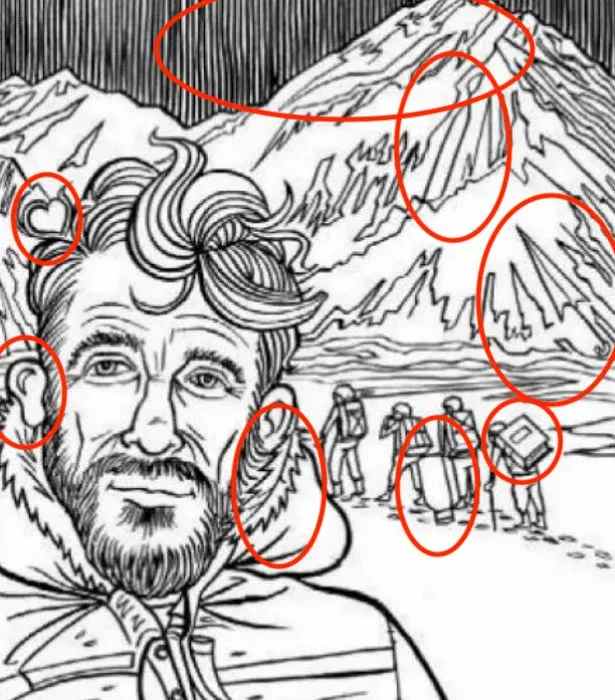Illusion IQ Test: An optical illusion is a visual challenge with applications in psychology, art, daily life, and brain anatomy. It demonstrates how the brain arranges and processes visual information, demonstrating that perception is more involved than just gazing into a mirror. Your ability to think critically, solve problems, and apply both qualitative and quantitative methodology skills will be put to the test in this exercise.
In contrast to the image above, use your visual sharpness and cognitive abilities to find 8 things hidden in the picture.
Find Hidden Things In The Optical Illusion
Optical illusions have been applied to many disciplines, including psychology, art, daily life, and even neuroscience. These visual puzzles test our comprehension of contradicting or ambiguous data. Knowing how the brain reacts to optical illusions can help us better understand cognition, anatomy, and sensory processing. Moreover, optical illusions are vital resources for visual studies because they illuminate how the brains of both healthy and disabled individuals interpret visual information. Your task is to find:
- A candle
- An umbrella
- A heart
- A book
- A bottle
- A crocodile
- A feather
- A pear
 Source: The Sun
Source: The Sun
Brain Teaser Puzzle: Can You Find The Odd Macaw In The Flock Within 23 Seconds? Hurry Up!
Look for the optical illusion answer here:
Optical illusion helps understand psychology and examine various human vision, attention, memory, and decision-making characteristics.
3 seconds are left!
Tick…
Tock…
Tick…
Enough of the suspense and the low-key music in the background, let’s jump to the answer.
Through the use of optical illusions, psychologists and neuroscientists examine a wide range of characteristics related to human vision, attention, memory, and decision-making.
Coming back to the picture…
I Am Sure You Are Done!
If you still need help with the answer, please take a look at the picture below.
 Source: The Sun
Source: The Sun
Like visual puzzles, optical illusions raise philosophical questions about our perception of reality while highlighting differences in people's viewpoints and degrees of visual acuity. If we are willing to accept the challenges that the visual arts present, we can cultivate a cosmic worldview that widens and elevates our consciousness.
Comments
All Comments (0)
Join the conversation